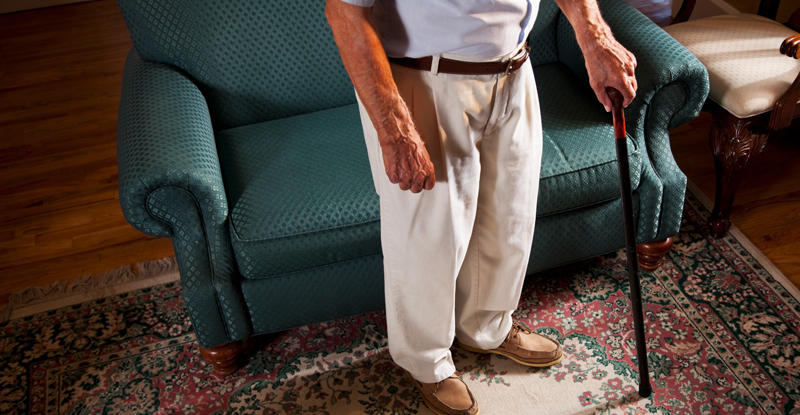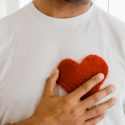Fall Prevention: Steps You Can Take
A serious fall can have any number of causes. Some people fall because of tripping hazards or lost footing; others fall because of the effects of aging. Falls can happen at any age, but unfortunately rank among the top causes of injury and disability in people age 65 and older in the United States. They pose a major threat to the health and independence of older people.
The good news: You can take simple steps to reduce your risk of falling.
How to Prevent a Fall
Talk to your doctor.
This is an important first step. Your doctor knows your medical history and can discuss what is best for you.
- Have your doctor evaluate your fall risk based on your medical history and other factors. Your doctor can share recommendations with you and your caregivers.
- Ask about medications you take and their effect on coordination and balance. If you are taking more than one medication, also ask about any effects of interactions between medications.
- Don’t forget your annual eye exam and any necessary adjustments to glasses or contact lenses.
Make your home “fall-proof.”
According to the National Institute on Aging, six of every 10 falls happen at home. That’s why you should start at home when it comes to making safety adjustments.
- Add or improve lighting (motion detector lighting is best).
- Place night lights in bedrooms, bathrooms, kitchens, and other highly traveled areas.
- Remove trip-and-fall hazards such as cords, furniture, and clutter.
- Remove unnecessary area rugs or floor coverings. Use non-slip rugs or attach rugs to the floor.
- Create a clear walking path. Arrange furniture so that you have plenty of space to walk in each room.
- Prevent wet or slippery floors. Keep water from being tracked inside on shoes. Use only non-skid wax (if any at all) on floors to help avoid a slippery surface.
- Move items from higher shelving to countertops to avoid reaching and bending.
- Install handrails and grab bars on stairs (preferably both sides), showers, and other sitting-to-standing areas.
- Install slip-resistant shower chairs and mats.
- Keep flashlights in every room in case of an electrical outage or use battery-powered nightlights.
- Add telephones in every room for easy emergency access.
- Install surveillance equipment — home cameras with two-way chat.
- Use a cane or walker when recommended by your doctor.
- Arrange for a friend of family member to call daily and check in.
Take precautions outside your home and on the move.
- Maintain the area around your home. Be sure someone is trimming hedges, cleaning walkways, etc.
- In wet weather conditions, use a cane or walker for added stability.
- Always wear boots and shoes with rubber soles.
- Arrange for someone to clear sidewalks in the winter. Use salt or sand to prevent black ice and slippery walkways.
Set up an alert system.
Have an alarm, bracelet, or other way to quickly call for help if you do fall.
Get enough exercise.
If you can exercise, even a simple workout will help you “fall-proof” your body as much as possible.
- Speak with your doctor first to make sure you are healthy enough to exercise.
- Next, talk to a fitness professional for appropriate exercises to get started.
- Many community centers also offer special fitness programs for seniors that focus on building strength and incorporating balance activities.
- Read this UPMC Healthwise articlefor balance exercises and tips.
Seniors who fall once are two to three times more likely to fall again. If you or a loved one experiences a fall, consider using available services to arrange for a home visit from a professional. This person can help with fall-proofing and connect you with services that let you or your loved one regain and prolong independence.
References:
Area Agency on Aging: http://www.alleghenycounty.us/Human-Services/About/Offices/Area-Agency-on-Aging.aspx
Centers for Disease Control and Prevention: https://www.cdc.gov/homeandrecreationalsafety/falls/
National Institute on Aging: https://nihseniorhealth.gov/
National Institutes of Health: https://www.niams.nih.gov/health_info/bone/Osteoporosis/Fracture/prevent_falls.asp#d
Pennsylvania Department on Aging: www.aging.pa.gov/Pages/default.aspx
State of Aging: www.cdc.gov/features/agingandhealth/state_of_aging_and_health_in_america_2013.pdf
UPMC Aging Institute: www.upmc.com/services/aginginstitute/resources-for-caregivers/pages/default.aspx
Wiles, J. & et.al (2010). The Meaning of “Ageing in Place” to Older People. The Gerontologist.




